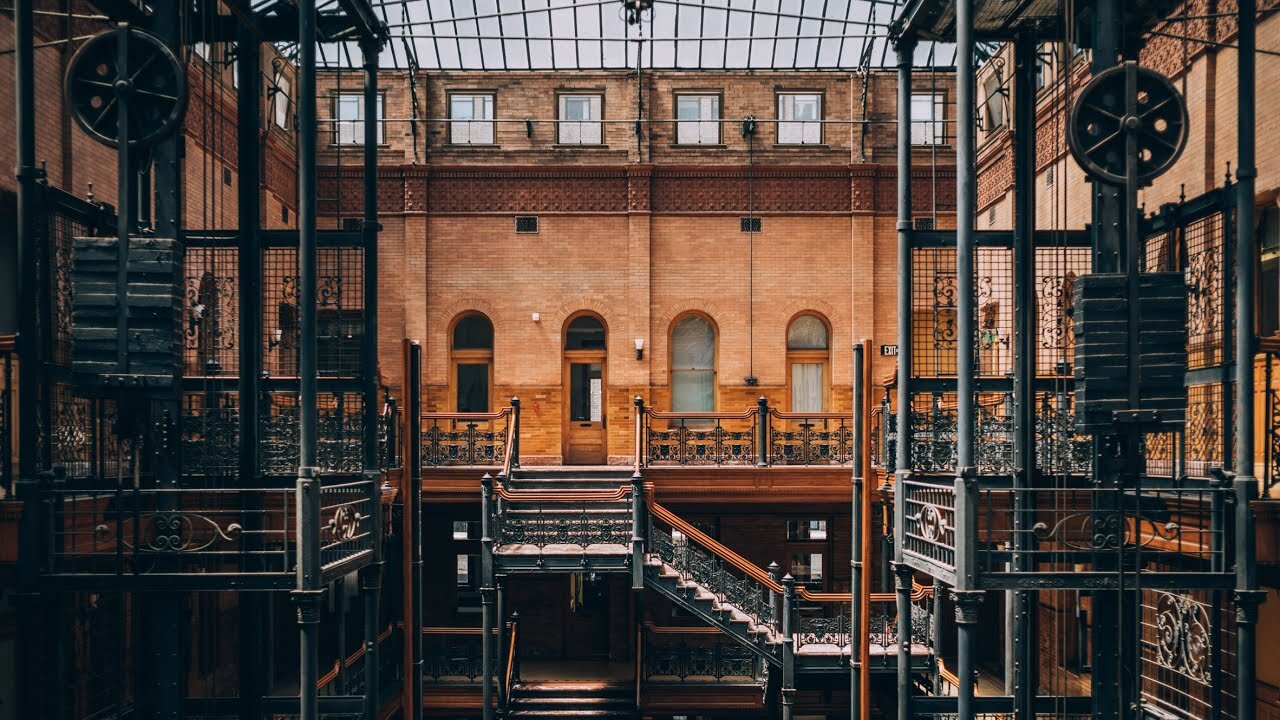PROPERTY CAPSTONES: FUTURE TECHNOLOGY
A FUTURE DAY IN THE LIFE OF A PROPERTY ENTREPRENEUR
We recently completed the sixth report for the London Technology Club, the Future Technology in Property…
TO DOWNLOAD THE FULL AND FREE REPORT CLICK HERE
HERE IS THE EXECUTIVE SUMMARY OF THE REPORT
This could be a typical day in the future for a property developer:
It’s funny to think that not so long ago, real estate was considered an illiquid asset. As distributed ledger technology became widely adopted and real estate could be fractionalised, it meant smaller players like myself could be so much more agile and proactive. I still can’t believe how long it took the industry to fully digitise!
While it started with the likes of Zoopla and Zillow disrupting, the floodgates really opened in the early 2020s where the traditional incumbents started to be shown up as dinosaurs. The winners were the forward-thinking players that adopted active property management and made the decision to embrace technology to enhance transparency and operational efficiency as well as improve tenant experiences.
My day starts with checking my property exchange to see the latest on some of the real estate that I fractionally own. Today I cash out on a couple to give myself some extra liquidity.
I have simplified so much of my workflow with natural language processing (for lease analysis and title insurances) and blockchain (for transaction systems). For most of my real estate deals, once I’ve decided on them, automation can take care of the red tape. I can now make faster decisions and act upon them more quickly.
With trust in these technologies now the norm across the industry, we can’t believe we did it any other way in the ‘old days’. No dual paths and legal constraints anymore. I work chain-free and mostly off-market. Speed and precision. Nowadays I have access to tools that can provide insight in 15 minutes that, in the past, would have taken three months of research.
My morning usually consists of virtually viewing 10 properties from around the world via virtual reality (VR) that have been selected for me by predictive analytics and my property search platform assisted by artificial intelligence (AI). I have identified and developed my own non-traditional data sets on top of metadata analytics allowing me to get ‘macro’ one minute and then hyper-hyper-local the next for certain trends. No more gut instinct or cognitive bias for me.
However, I am still a fast follower of the most sought-after coffee chains and opinion-leading foodies and retailers, as they have billions of pounds resting on their analytics finding the right up-and-coming locations.
Within my portfolio, I have embraced hybrid hotels to maximise the space. They are specific in their audience demographics, and their business/travelling needs align with the types of workspace, residential and retail tenants we have. We think like a consumer business—we don’t just own ‘dumb boxes’. With residential, my mantra is, ‘Don’t sell a flat, sell a lifestyle.’ I am so much more considerate now about who I am targeting and what lifestyle services I need in my placemaking.
As such, my occupancy rates are optimal—I am so thankful for the death of the traditional lease (like many things in the industry that were found to be not fit for purpose, 10-year terms and significant up-front costs are no longer relevant) and demand for flexible workspaces and the shift in consumer appetite for more short-term rentals and frictionless living. Members of ‘Generation Rent’ are happy to outsource everything-as-a-service.
I walk to my office—working out of my own multifamily property. All the tenants across the one-acre site like the variety of different brands using the retail space for short-term shops based on the time of year. It’s become a destination for like-minded people. I am fully aware of thinking holistically about the space I own and the space around my space. The future of real estate is the relationship between biology and infrastructure.
I have a team of 50, but only 20 are in at any one time to avoid empty-office syndrome. We monitor usage and adjust the space accordingly. We come to work, not to co-work. Talent maximisation is everything—better-performing businesses equal better value propositions to developers. My smart buildings, thanks to IoT (the Internet of Things), are full of connected devices linked to my predictive maintenance dashboards. Most maintenance is foreseen and automated now. My role now is search, supervise, sell.
Due to neuroscientific advances, I measure the impact the surrounding area has on my wellness. If it’s negative for me, it will be for others, so I look to proactively adjust the space and facilities where possible to maximise positive experiences. There is no future proofing—from inside my buildings to my entire portfolio, it’s just continual monitoring, measuring and agile management.




